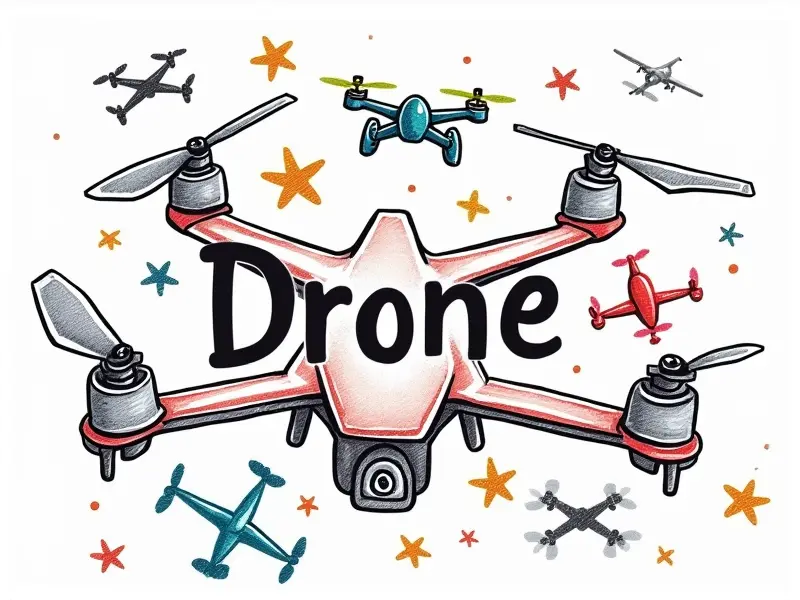How to fly Eachine drone?

Master FPV Racing on Eachine Drones
Flying an Eachine drone in first-person view (FPV) racing is exhilarating and challenging. Start by setting up your goggles and transmitter correctly, ensuring a clear and responsive connection. Practice flying indoors before venturing outdoors to get comfortable with the controls.
Essential Skills for Flying Eachine Drones
- Basic Flight Controls: Learn how to control pitch, roll, yaw, and throttle effectively.
- Hovering Techniques: Master hovering in place to maintain stability during flight.
- Avoidance Skills: Develop the ability to detect obstacles quickly and adjust your course accordingly.
Navigate Like a Pro with Eachine Drones
To navigate efficiently, familiarize yourself with GPS features if available. Use waypoints for complex routes or fly manually in tight spaces where GPS signals are weak. Always keep an eye on the horizon and maintain situational awareness.
Top Tricks to Fly Your Eachine Drone
- Airborne Acrobatics: Perform loops, rolls, and flips for added fun and skill development.
- Drone Racing Tactics: Learn how to pass other racers safely while maintaining high speeds.
- Camouflage Flying: Practice flying your drone in a way that makes it hard to spot, enhancing stealth capabilities.
Beginner's Guide to Eachine Drone Controls
For beginners, start by understanding the basic controls: forward/backward movement, left/right turns, and up/down adjustments. Practice these movements slowly at first until you feel confident enough to increase your speed.
Easy Steps to Master Eachine Drone Flight
- Setup: Assemble the drone according to manufacturer instructions.
- Battery Check: Ensure batteries are fully charged before each flight session.
- Fly Indoors First: Gain confidence in a controlled environment.
Smooth Flying Techniques for Eachine Drones
To achieve smooth flights, focus on consistent throttle control and gentle transitions between maneuvers. Avoid sudden movements that can destabilize the drone. Practice flying in windy conditions to improve your handling skills.
Maximize Performance: Flying Eachine Drones
Optimizing performance involves selecting the right propellers, motors, and batteries for your specific needs. Tune your ESCs (Electronic Speed Controllers) for optimal responsiveness. Regular maintenance checks will also help keep your drone running smoothly.
Navigating with Ease: Eachine Drone Flight
Effective navigation requires a combination of manual flying skills and the use of GPS features when appropriate. Always plan your flight path ahead of time, especially in complex environments like forests or urban areas.
Eachine Drone Control Made Easy
Making drone control intuitive takes practice and patience. Start with simple maneuvers and gradually increase complexity as you become more comfortable. Utilize training modes if available to ease into advanced techniques.
Conclusion
Flying an Eachine drone opens up a world of excitement and possibilities, whether for racing, photography, or just exploring new areas. By mastering the basics and advancing through various skills, you can become proficient in no time. Remember to always prioritize safety and adhere to local regulations.

